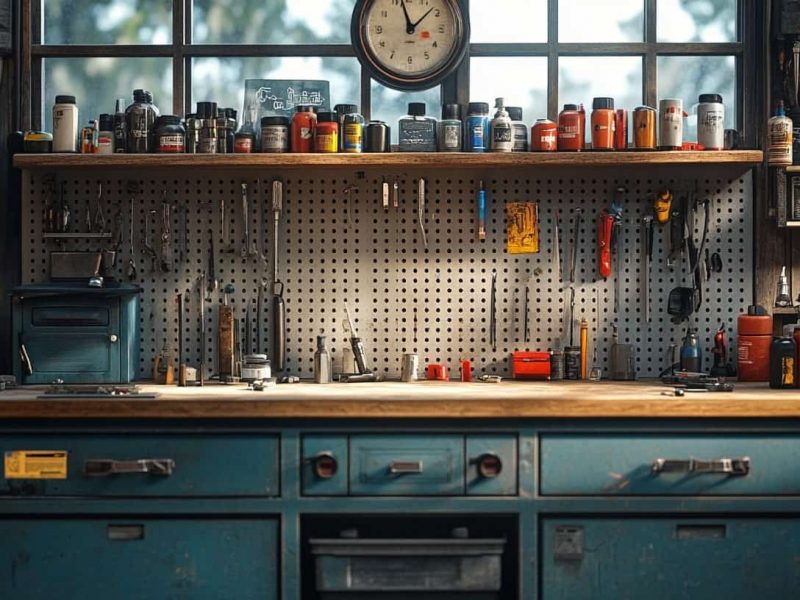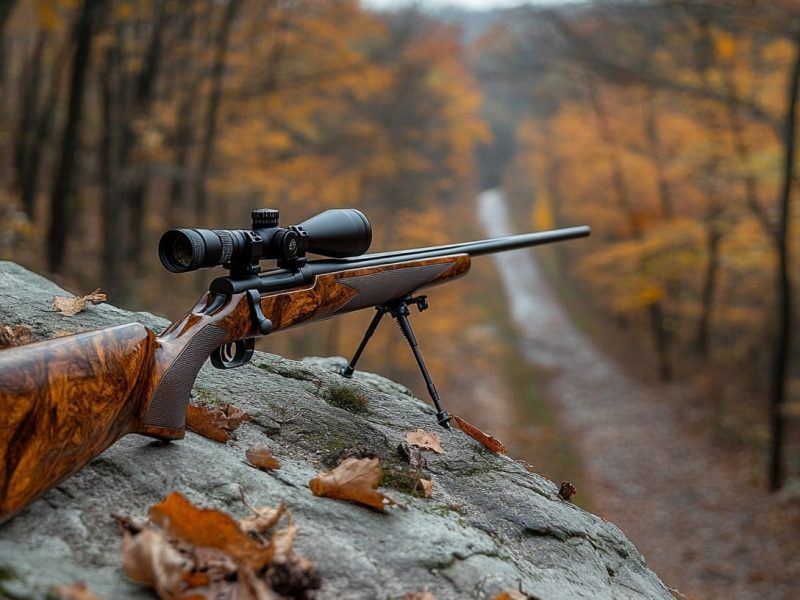The art and science of firearms have held a significant place in history, driven by constant innovation and technological advancements. This blog post will take you on a fascinating journey through the evolution of gunstocks and barrels, from the rudimentary designs of flintlocks to the sophisticated firearms of today. Whether you’re a history buff or a gun enthusiast, this exploration will enhance your appreciation for the craftsmanship and engineering behind firearms.
Introduction
Firearms have played a crucial role in shaping history, influencing warfare, hunting, and even culture. Among the many components of a firearm, gunstocks and barrels stand out as pivotal elements that have undergone significant transformations over the centuries. This blog aims to explore the historical evolution of these components and their impact on the development of firearms. By the end, you’ll have a deeper understanding of how gunstocks and barrels have evolved and their importance in the broader context of history.
The Early Days
Flintlock Firearms
The origins of gunstocks and barrels can be traced back to the flintlock firearms of the 17th century. Flintlocks were revolutionary for their time, featuring a gunstock made from wood and a smoothbore barrel. These firearms were relatively crude by today’s standards, but they marked a significant leap forward from earlier hand cannons.
Handcrafted Gunstocks
In the early days, gunstocks were meticulously handcrafted by skilled artisans. Each stock was unique, often featuring intricate carvings and engravings. The wood used for gunstocks varied, but walnut was a popular choice due to its durability and workability. These early gunstocks were not just functional components; they were works of art that reflected the craftsmanship of their makers.
Smoothbore Barrels
The barrels of flintlock firearms were smoothbore, meaning they lacked rifling. This design limited the accuracy and range of these early firearms. However, the simplicity of smoothbore barrels made them easier to produce, which was crucial at a time when manufacturing techniques were still rudimentary.
Technological Advancements
Industrial Revolution
The Industrial Revolution brought about significant technological advancements that revolutionized firearm manufacturing. One of the most notable changes was the transition from handcrafted gunstocks to mass-produced components. This shift allowed for greater consistency and precision in firearm production.
Rifled Barrels
The introduction of rifled barrels was a game-changer in the world of firearms. Rifling involves cutting spiral grooves into the interior of the barrel, which imparts a spin to the projectile. This spin stabilizes the bullet in flight, greatly improving accuracy and range. Rifled barrels quickly became the standard for military and hunting firearms.
Improved Gunstock Designs
The Industrial Revolution also saw improvements in gunstock designs. New materials and manufacturing techniques allowed for more ergonomic and durable stocks. The introduction of laminates and synthetic materials provided alternatives to traditional wooden stocks, offering better resistance to environmental factors like moisture and temperature changes.
The 20th Century
Innovations in Gunstock Materials
The 20th century witnessed significant innovations in gunstock materials. While wood remained a popular choice, manufacturers began experimenting with new materials to enhance performance. Laminated stocks, for example, offered improved stability and resistance to warping. Fiberglass and other synthetic materials also gained popularity for their durability and lightweight properties.
Precision Engineering
The development of precision engineering techniques transformed firearm manufacturing in the 20th century. CNC (Computer Numerical Control) machines allowed for unparalleled accuracy in producing gunstocks and barrels. This precision engineering led to firearms that were not only more reliable but also capable of achieving higher levels of accuracy.
Customization and Modularity
The 20th century also saw a shift towards customization and modularity in firearm design. Gun enthusiasts could now personalize their firearms with aftermarket stocks and barrels, tailoring them to specific needs and preferences. This trend continues today, with a wide range of options available for customizing firearms.
Modern Firearms
State-of-the-Art Gunstocks
Modern firearms feature gunstocks that are the result of centuries of innovation. Today’s stocks are often made from advanced composites and synthetic materials, offering a perfect balance of strength, durability, and weight. These materials are resistant to environmental factors, ensuring consistent performance in various conditions.
Advanced Barrel Rifling Techniques
Barrel rifling has also continued to evolve, with modern firearms benefiting from advanced rifling techniques. Polygonal rifling, for example, offers a smoother bore surface, reducing friction and improving bullet velocity. These advancements have pushed the boundaries of what is possible in terms of accuracy and range.
Integration of Technology
Modern firearms are increasingly integrating technology to enhance performance. From adjustable stocks with built-in recoil reduction systems to barrels designed with advanced metallurgy, the firearms of today are engineering marvels. These technological integrations have made firearms more user-friendly and effective in a wide range of applications.
Cultural and Historical Significance
Impact on Warfare
The evolution of gunstocks and barrels has had a profound impact on warfare. Advances in firearm technology have shaped the outcomes of countless battles and conflicts. From the flintlock muskets used in the American Revolutionary War to the precision-engineered rifles used in modern combat, firearms have been pivotal in determining the course of history.
Role in Hunting
Firearms have also played a significant role in hunting. The advancements in gunstock and barrel technology have made hunting more efficient and humane. Hunters can now rely on firearms that offer superior accuracy and reliability, ensuring ethical hunting practices.
Broader Cultural Influence
Beyond warfare and hunting, firearms have influenced broader cultural landscapes. They have been featured prominently in literature, film, and art, symbolizing power, protection, and freedom. The craftsmanship and innovation behind gunstocks and barrels reflect the ingenuity and resourcefulness of human beings.
Future Trends
Emerging Technologies
The future of gunstocks and barrels is likely to be shaped by emerging technologies. Advances in materials science, for example, could lead to even lighter and more durable stocks. Smart technology integration could result in firearms that offer real-time feedback and adjustments for optimal performance.
Changing Societal Attitudes
Societal attitudes towards firearms are also evolving. There is a growing emphasis on responsible gun ownership and safety. Future trends may include greater focus on designing firearms that are safer and more secure, with features such as biometric locks and advanced safety mechanisms.
Environmental Considerations
Environmental considerations are becoming increasingly important in firearm manufacturing. Companies are exploring sustainable materials and production methods to reduce the environmental impact of firearms. This trend is likely to continue, with a focus on creating eco-friendly firearms without compromising performance.
Conclusion
The historical evolution of gunstocks and barrels is a testament to human ingenuity and the relentless pursuit of improvement. From the rudimentary designs of flintlock firearms to the state-of-the-art technology in modern firearms, each advancement has contributed to the development of more efficient, accurate, and reliable weapons. For history buffs and gun enthusiasts alike, understanding this evolution offers a deeper appreciation for the craftsmanship and engineering that have shaped the firearms we know today.
Whether you’re fascinated by the historical significance or intrigued by the technological advancements, the story of gunstocks and barrels is one of innovation and adaptation. As we look to the future, it’s clear that the legacy of these components will continue to evolve, driven by emerging technologies and changing societal attitudes.
If you’re eager to explore more about the history and future of firearms, consider joining our community of enthusiasts and experts. Sign up for our newsletter to stay updated on the latest trends and insights in the world of firearms. Together, let’s continue to appreciate and understand the remarkable evolution of gunstocks and barrels.


